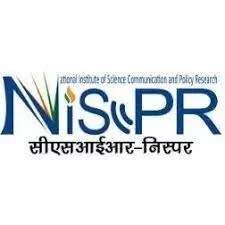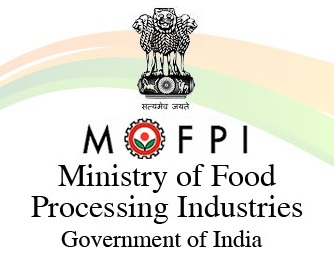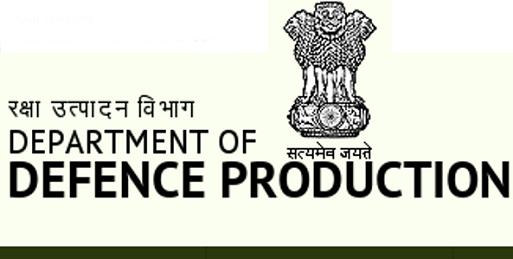CSIR-National Institute of Science Communication and Policy Research (NIScPR) organised a virtual workshop on “Interactive and New Approaches to Communicate Science in Assamese” covering popular science writing, video, podcast and social media. The workshop sought to connect aspiring and experienced science communicators in Assamese to establish a network within the field. Leading and budding science communicators, teachers and researchers representing various universities, institutions and colleges from Assam attended the workshop.
The workshop commenced with an introduction by Dr. Paramananda Barman, Scientist, CSIR-NIScPR and coordinator of the workshop. Prof. Ranjana Aggarwal, Director, CSIR-NIScPR delivered the welcome address. Prof. Aggarwal elaborated CSIR-NIScPR’s endeavours in science communication and its advocacy for science communication in Indian languages. She discussed the national initiative SVASTIK (Scientifically Validated Societal Traditional Knowledge), which is disseminating validated traditional knowledge in 17 Indian languages, and the popular science magazines by CSIR-NIScPR. Additionally, Prof. Aggarwal emphasised the significance of science communication in languages such as Assamese, Bodo and Manipuri.

The Chief Guest, Dr. Dinesh Chandra Goswami, Scientist G (Retd.), CSIR-NEIST, and a leading science communicator in Assamese, emphasised on the use of simple language to write a popular science article. He also talked about the importance of financial support to budding science communicators to engage them in science writing.
The technical session I of the workshop was on “popular science writing”. This session included talks by leading Assamese science communicators Dr. Ramesh Chandra Goswami, Dr. PC Tamuly and Dr. Paban Kumar Sahariah. Dr Ramesh Chandra Goswami mentioned the importance of popular science writing. He also shared his experiences to improve popular writings. Dr PC Tamuly emphasised about the importance of writing science fiction to engage and attract a large readership. He stressed the need to read a large variety of books to improve the writing skills. Dr. Sahariah further elaborated the need to encourage science writing in Indian languages. He also discussed the use of AI for translations and its pitfalls. Ms Arati Halbe, Managing Editor, Research Matters, gave insights on writing stories in English and Marathi. She mentioned the importance of using local examples and cultural practices to which people relate the most.

The technical session II of the workshop was on “Science filmmaking, social media & podcasts for SciComm”. Shri Vivek Kannadi of Science Media Centre, IISER Pune, highlighted the importance of films in communicating science through an interactive talk that covered important aspects of filmmaking such as writing a script and creating a storyboard. Dr. Paramananda Barman and his team used examples from the SVASTIK program and demonstrated how to create infographics, short videos/reels, and podcasts using free online tools. The daylong session ended with a brainstorming discussion on strengthening science communication and outreach strategies in Assamese.





